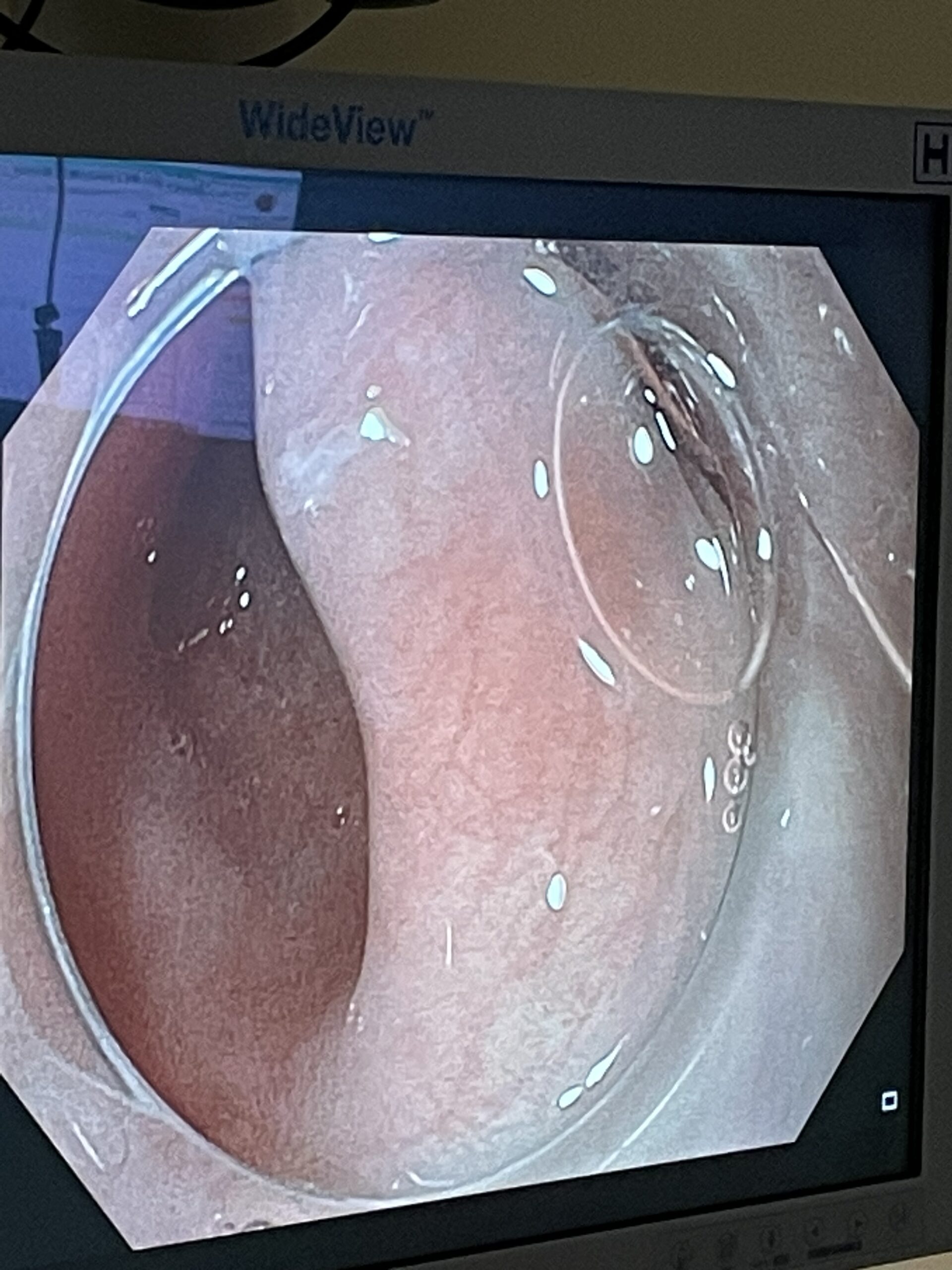It is an innovative subfield in interventional gastroenterology where the dissection in the submucosal space of the gastrointestinal tract is used for accomplishing several therapeutic interventions.
Peroral Endoscopic Myotomy otherwise known as POEM is one of such third endoscopy procedures. These are endoscopic non surgical procedures and have replaced surgical procedures to minimize the recovery time and risks. There are three POEM procedures are currently being done in AnMed. E POEM otherwise known as esophageal Peroral Endoscopic Myotomy is done for Achalasia and other spastic disorders of the esophagus. Mucosal incision is made using specialized small knives in the esophagus and submucosal tunnelling is done to reach the stomach and then the myotomy of the gastric, lower esophageal sphincter and 5 to 7 cm of the distal esophagus were performed. The mucosal entry is closed using clips. The patients are typically admitted over night and contrast study is done in the morning and once that is fine the patients are allowed to start oral fluids and discharged home.

Learn More About Third Space Endoscopy:
How E POEM Works
E POEM is a revolutionary treatment for Achalasia, a condition characterized by the inability of the esophagus to push food down into the stomach. Traditionally, surgical options involved cutting the muscles at the lower esophageal sphincter, which is highly invasive. E POEM, on the other hand, is a far less invasive alternative. During the procedure, a flexible endoscope is inserted through the mouth and advanced all the way to the lower esophagus. Subsequently, a small incision is made in the mucosal layer and the muscular layer is carefully dissected to release the tightness in the lower esophageal sphincter. By doing so, E POEM helps to restore normal swallowing function and alleviate symptoms such as difficulty swallowing and chest pain. Studies have shown that E POEM has a high success rate with minimal complications, making it a preferred treatment option for Achalasia.
How G POEM Works

Similar to esophageal POEM, gastric POEM is done for gastroparesis. Gastroparesis is a very debilitating condition without any good medical treatment. Gastric pacemaker has a very limited role in these patients since it only helps with nausea and does not improve the gastric emptying and it is a surgical procedure. Gastric POEM is done replaces surgical pyloroplasty and pyloromyotomy both are higher risk surgical procedures. Pyloric balloon dilation helps this condition very briefly for days to weeks at best and G POEM is much more durable and studies have been reported with good few years follow up since the procedure is relatively new. Dr. Mouen Khashab from Hopkins did the world’s first G POEM and it is currently being done only in the tertiary care centers. AnMed is one of the select few hospitals where we offer this procedure for our patients. We are extremely thankful to Dr. Khashab for training our team and able to do esophageal, gastric and Zenker POEM procedures. Mucosal entry is done at 5 cm from the pylorus in the greater curvature of the stomach and submucosal tunnelling is done until the pyloric ring is reached. Myotomy of the pyloric sphincter is performed and the mucosal entry is closed using clips.
How Z POEM Works
Z POEM is done for Zenker’s diverticulum. It is done endoscopically and cricopharyngeal muscle is endoscopically divided and the mucosal entry is closed using clips very similar to other POEM procedures.

We have done 14 esophageal POEM procedures, 14 gastric POEM procedures and 9 Z POEM procedures to date in AnMed. We have had no serious adverse events and the eleven of the twelve patients were discharged the next day and one patient was discharged two days later.
All these procedures are done under endotracheal general anesthesia and CO2 is used instead of room air through the endoscope for these procedures for quicker reabsorption of the gas. It is very common to see air under the diaphragm the next day when we do the contrast study to make sure there is no leak and the patient do not have any peritoneal signs.
Gastric POEM is done for diabetic, idiopathic and post surgical gastroparesis. Contra indications are patients on narcotics and uncontrolled diabetes. 4 hour nuclear medicine study is done in all these patients. The patients with greater than 20% delay at 4 hours have done the best in larger series.
ESD (Endoscopic Submucosal Dissection)
This is another third space procedure where early neoplastic lesions are removed enbloc from gastrointestinal tract. We performed our first ESD for early gastric cancer in 2015 and eight years follow up the patient continues to be in clinical remission. Subsequently we have done several esophageal, rectal and gastric lesions. The indications are early cancers limited to mucosa and superficial submucosa without any lymphatic spread. Dr. M. Veerabagu (Dr. Veera) has been performing these procedures in AnMed and currently we are the only hospital system in Upstate SC offering all the POEM and ESD procedures and we are proud of our endoscopy team.
